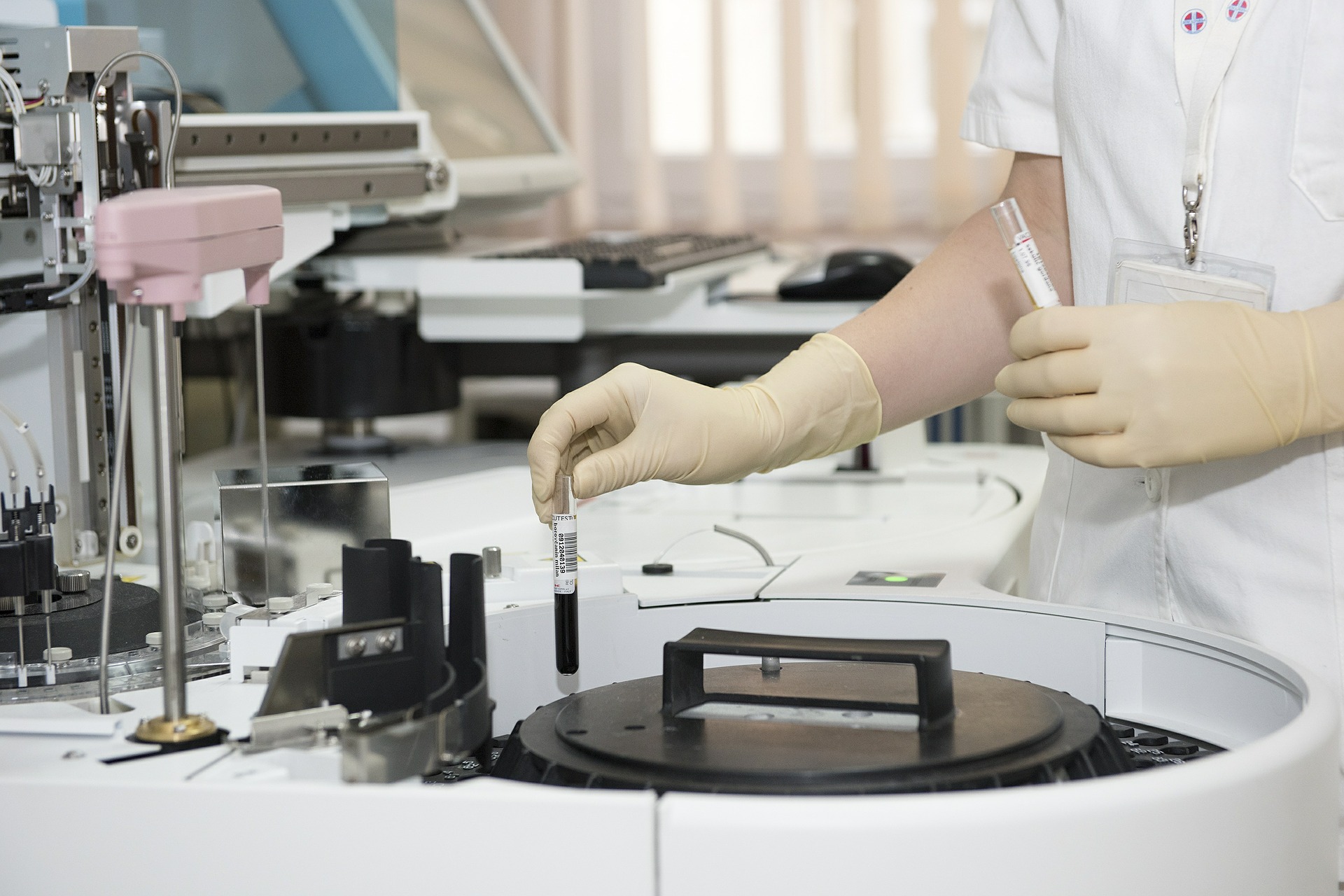Have you ever wondered why cannabis is often so effective at treating such a wide array of medical conditions?
Well, it’s mostly down to the many active chemical compounds that the plant produces. These chemicals are called cannabinoids, and it’s these cannabinoids and their specific ratios that, when smoked or ingested, make this fast-growing weed so effective at treating so many ailments
The primary cannabinoids
THC
Delta(9)-tetrahydrocannabinol (or THC) is the most famous cannabinoid, and many people’s favourite for that matter. As the primary psychoactive compound in cannabis, THC is responsible for the ‘high’ commonly associated with cannabis, as well as the increase in appetite (or the ‘munchies’), short-term memory problems and the blood-shot eyes that users experience. Basically, almost every ‘stoner’ stereotype is down to this cannabinoid.
THC is also the most well-researched cannabinoid. Studies have shown THC to be useful in treating conditions such as Alzheimer’s disease, neuropathic pain, multiple sclerosis, Parkinson’s disease, PTSD, cancer, and Crohn’s disease, to name but a few.
CBD
The relatively new kid on the block, cannabidiol (or CBD) has been stealing the headlines as of late for its efficacy in treating severe forms of epilepsy in children. It is the second most plentiful cannabinoid in cannabis behind THC – although unlike THC, it is not psychoactive, meaning it causes no ‘high’, yet still provides a myriad of health benefits. This makes it a far more attractive medicine to those who do not desire the psychoactive effects which cannabis use has been married to for so long.
Over recent years, much research has focused on this far more accessible compound. It has been found that CBD has antidepressant, anti-inflammatory, anxiolytic (anxiety relieving), analgesic (pain relieving), anti-cancer, and neuroprotective properties. It can also help to counteract some of the psychoactive effects of THC, such as paranoia and anxiety.
Lesser known cannabinoids
CBC
Cannabichromene (or CBC) is the third most common cannabinoid in the cannabis plant. Like CBD, CBC is also non-psychoactive while still providing many therapeutic benefits. Research has found CBC to be anti-inflammatory, antidepressant, antifungal, an anticancer agent, and may even promote the growth of new brain cells.
CBN
Cannabinol (or CBN), appears as a result of THCa (the acidic precursor to THC) breaking down over time. CBN has been found to be an appetite stimulant, an antibiotic, analgesic, antiasthmatic, anti-inflammatory, and anti-insomnia.
THCv
Tetrahydrocannabivarin (or THCv) works best when administered alongside THC, with some studies showing that THCv can actually mitigate some of the negative psychoactive impacts of THC. It has been shown to be antiepileptic, neuroprotective, and a bone stimulant.
CBDv
Research into cannabidivarin (or CBDv) is young but extremely promising. CBDv is a slightly degraded version of CBD, and it offers antiepileptic, antiemetic (nausea relieving), and bone stimulating properties.
CBG
Cannabigerol (or CBG) is perhaps less well-known than many of the previously mentioned cannabinoids despite it also offering a significant amount of medicinal benefit. A non-psychoactive cannabinoid, CBG, which is fairly prominent in hemp (low-THC cannabis mostly grown for industrial purpose), has been found to be a painkiller, an anti-cancer agent, and an anti-depressant.
It is also among the group of cannabinoids, along with THCV, CBDV, and CBC, to promote bone health. Additionally, CBG, just like CBD, also seems to counteract the uncomfortable effects of THC.
CBG-A
Special attention must be given to CBG-A as it’s the universal acidic precursor of many other cannabinoids, including all of those mentioned above. In fact, if cannabis had no CBG-A, it wouldn’t come close to offering the medicinal and recreational value that cannabis is famed for.
[Featured image credit: Pixabay]










Would like to try cbc for poly arthritis.